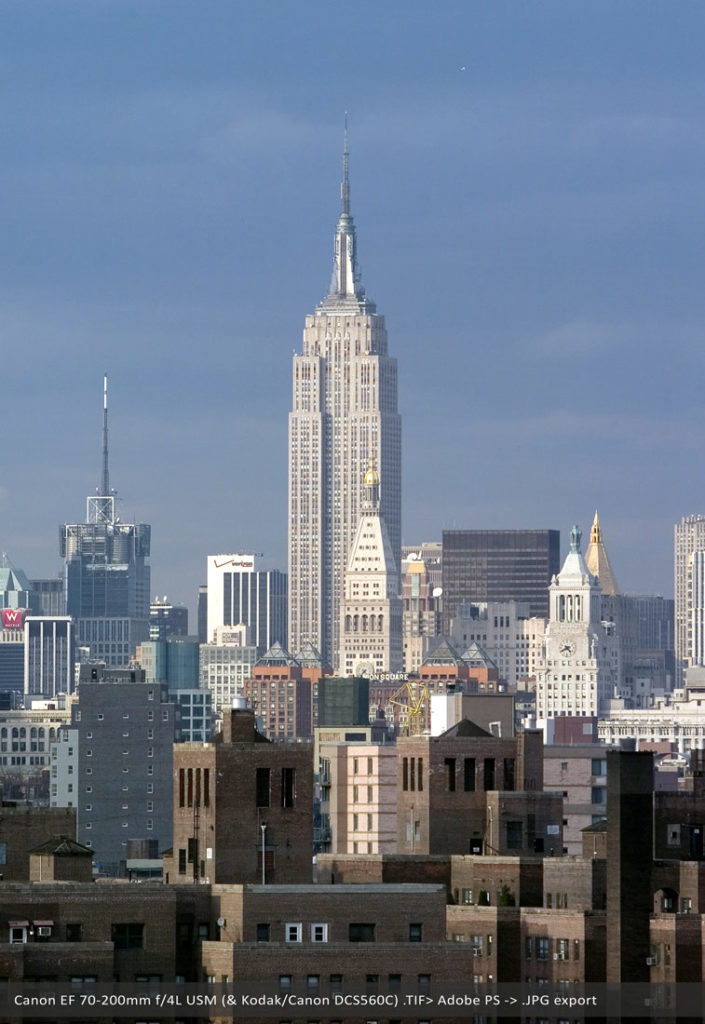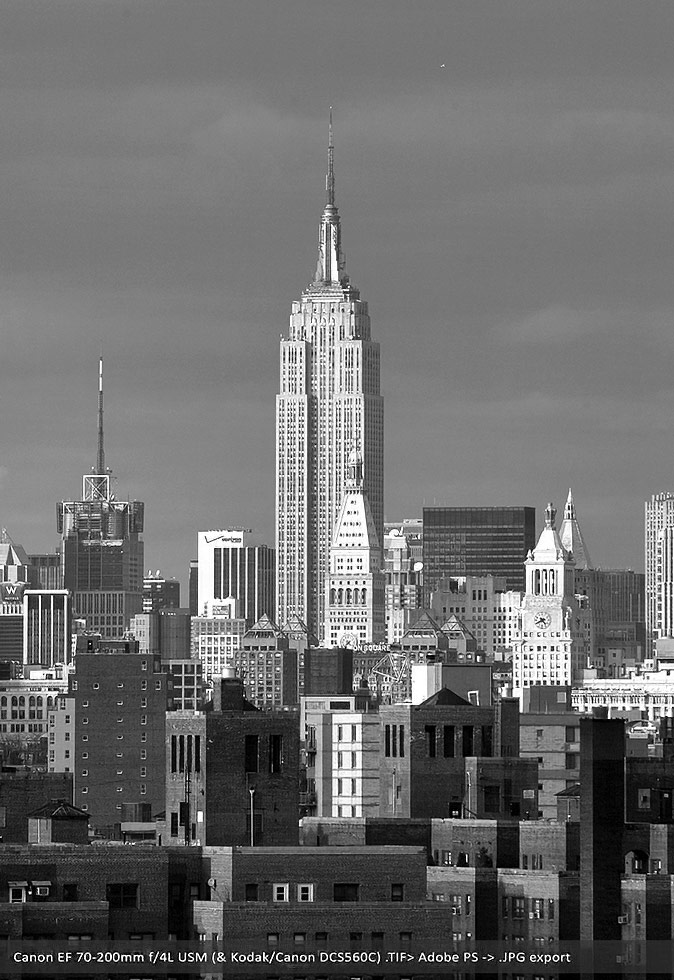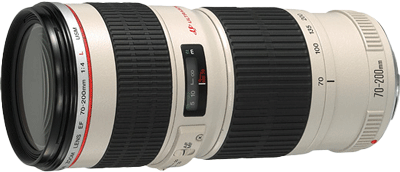Lens overview
Marketed in September 1999, the Canon EF 70–200 mm f/4L USM brought L‑series telephoto performance to a lighter, more affordable f/4 package. The optical design uses one fluorite and two UD elements for high contrast and low secondary spectrum, paired with ring‑type USM, internal focusing, and internal zooming so the lens remains constant in length. Official specs: 16 elements in 13 groups, 8‑blade diaphragm, f/4–32, 1.2 m MFD, 0.21× max magnification, 67 mm filters, 76 × 172 mm, 705 g. Country of manufacture: Japan. Original price in Japan was ¥118,000 (with hood & case). U.S. MSRP at release was $649.99.
Where it fits in the family (variants):
- EF 70–200 mm f/4L USM — 1999, this review (no IS).
- EF 70–200 mm f/4L IS USM — 2006; adds ~4‑stop IS and updates; still 1.2 m MFD.
- EF 70–200 mm f/4L IS II USM — 2018; improved IS (Canon rated 5 stops), 1.0 m MFD / 0.27×, optical and mechanical updates. (Reviewed separately on GuideBG.)
Pricing (now): clean used copies of the non‑IS regularly list around US $350–550, depending on condition/completeness; IS versions run higher. (Examples: KEH and eBay snapshots.)
Build and ergonomics
The f/4L USM is compact and well‑balanced for a 70–200: the barrel doesn’t extend when zooming or focusing, the front doesn’t rotate, and the focus limiter helps AF performance. Canon supplied the ET‑74 hood and LP1224 soft case; the Tripod Mount Ring A II (W) was optional and remains a valuable add‑on for tripod/monopod balance.
Note on sealing: Canon’s IS versions added comprehensive environmental sealing when paired with sealed bodies; the original non‑IS model has robust L‑series construction but not the same weather‑sealing spec.
Optical performance
- Sharpness — Strong central sharpness at f/4 that holds across the range; stopping to f/5.6–8 maximizes uniformity. Fluorite + UD elements help maintain contrast. Canon’s technical notes emphasize high resolution across the zoom range.
- Color & contrast — Neutral color with good global contrast; Super Spectra coatings tame veiling/ghosting reasonably well for a 1999 design.
- Bokeh & rendering — Telephoto compression and 8‑blade iris yield pleasing background blur, especially above 135 mm; bokeh is clean for an f/4 zoom, though less creamy than the f/2.8 siblings.
- Flare & CA — Backlit scenes are handled competently; the hood helps. Longitudinal CA is modest for a tele‑zoom of the era, aided by the special glass.
- Distortion & vignetting — Low distortion through the range; light vignetting at 200 mm f/4, easing on stop‑down. (Independent tests consistently note the line’s low geometric distortion.)
Teleconverter use: Compatible with Canon Extender EF 1.4× and 2×. Expect excellent results with the 1.4× (becomes 98–280 mm f/5.6); the 2× (to 140–400 mm f/8) is usable but softer and, on older DSLRs, often limited to center‑point AF at f/8—modern mirrorless bodies are more forgiving.
Digital adaptation & IBIS (modern use)
- On EOS DSLRs: Native EF mount—no adapter needed.
- On EOS R‑series: Use any EF‑EOS R adapter. Canon confirms IBIS benefits apply even with EF lenses (with or without lens IS) on IBIS‑equipped bodies; effectiveness varies by lens/body pairing. With this non‑IS f/4L, stabilization comes from IBIS alone (if your body has it).
- On other mirrorless (E/Z/L): Use a smart EF adapter (e.g., MC‑11/Commlite/Viltrox) to retain AF, EXIF, and aperture control. IBIS works if the body provides it and the adapter communicates the focal length to the camera.
Historical & collector context
Canon positioned the f/4L USM (1999) as a lighter, lower‑cost L‑series alternative to the f/2.8s—“pro‑grade at a reasonable price.” It quickly became a staple in the 2000s for travel, landscape, and daylight sports, and remains a frequently recommended price‑efficient tele‑zoom in the EF ecosystem.
Variants & what to buy today (quick guide)
- Non‑IS (this lens) — Lowest cost; lightest; pairs well with IBIS bodies.
- f/4L IS USM (2006) — Adds 4‑stop IS; similar size/weight. Usually, a price jump is used.
- f/4L IS II USM (2018) — Better IS, closer focus (1.0 m / 0.27×), updated mechanics. Highest price of the f/4 trio.
We are reviewing the f/2.8 IS USM I & II family in a separate article.
Impressions
Use f/4 freely at 70–135 mm, and stop down to f/5.6–8 near 200 mm for maximum uniformity. The internal zoom/focus (i.e., no barrel extension) design keeps handling predictable for panning and tracking. If you shoot a lot from support, the Tripod Mount Ring A II (W) improves balance and makes quick orientation changes painless. Add the ET‑74 hood in mixed light—it helps. I used the lens back then on a Kodak Canon DCS 560C camera (a 1900-gram, 6.1MP, APS-H, CCD monster), and it worked really well!
Sample photos

Verdict — Pros and Cons
Pros
- Lightweight for a 70–200 L; constant length; smooth ring‑USM AF
- Fluorite + UD delivers crisp, high‑contrast results across the range
- Excellent value used; plentiful supply; 67 mm filters are cheap
- Works well on EOS R bodies with IBIS benefits via adapter (non‑IS lens = IBIS only).
Cons
- No optical IS; you rely on body IBIS or faster shutter speeds
- Not fully weather‑sealed to the later IS standard
- With a 2× extender, IQ drops, and AF can be limited on older bodies




